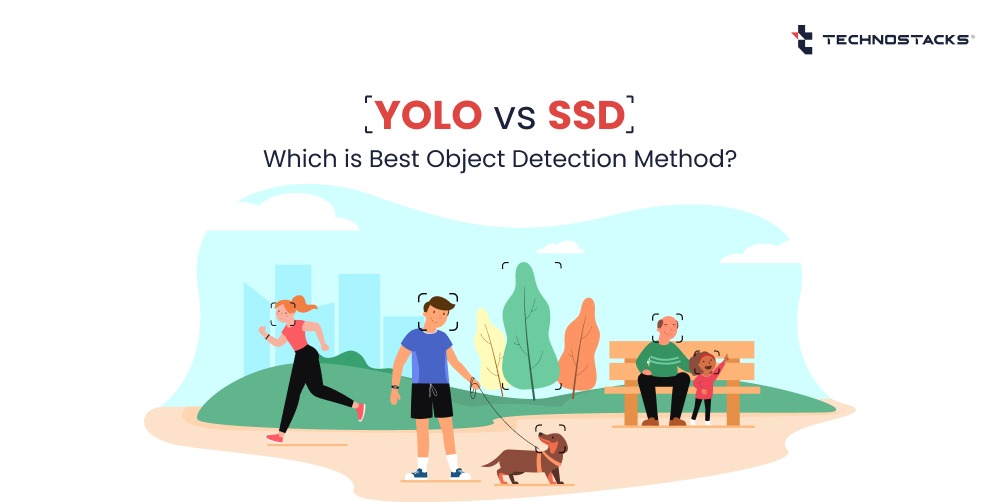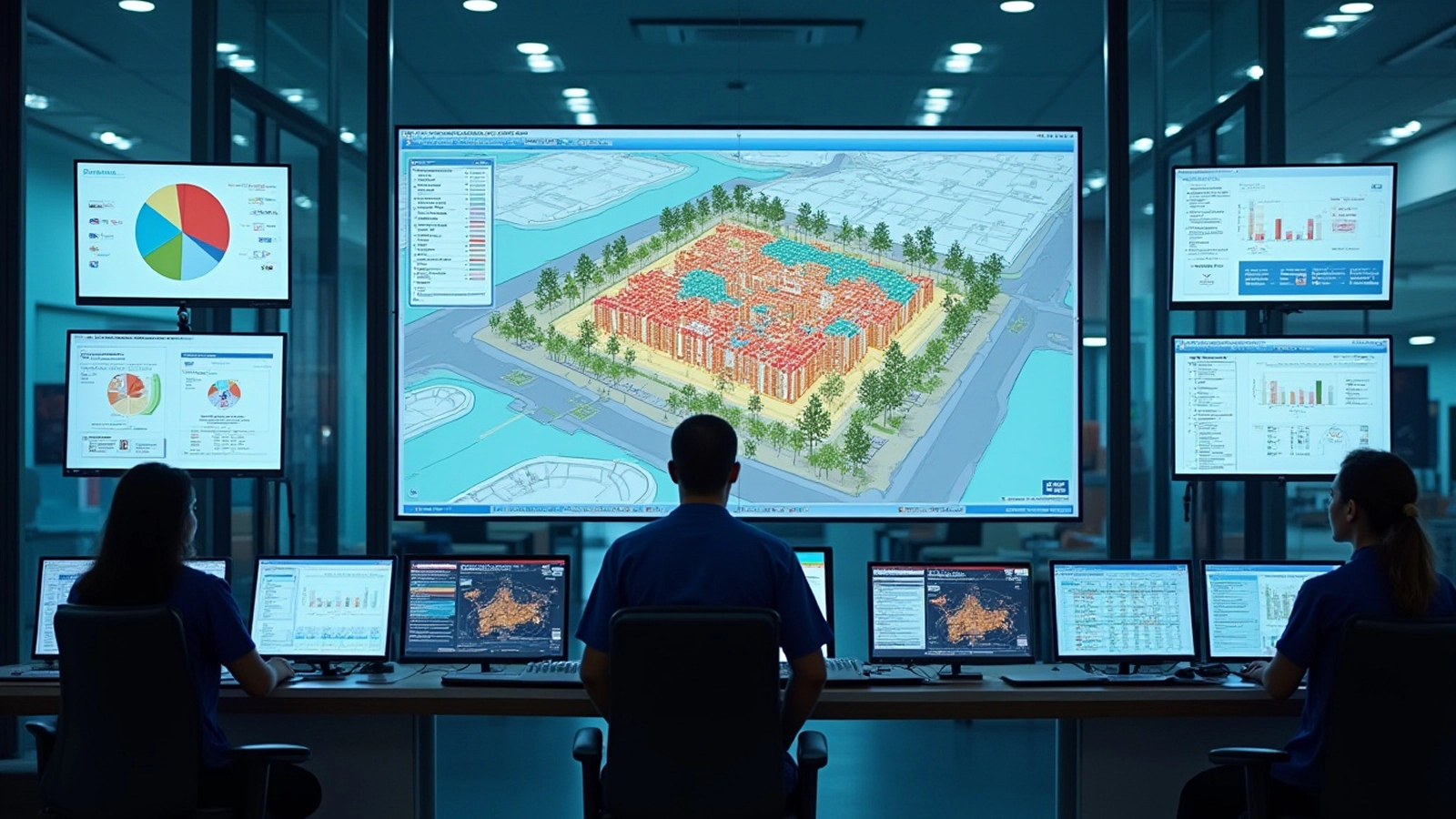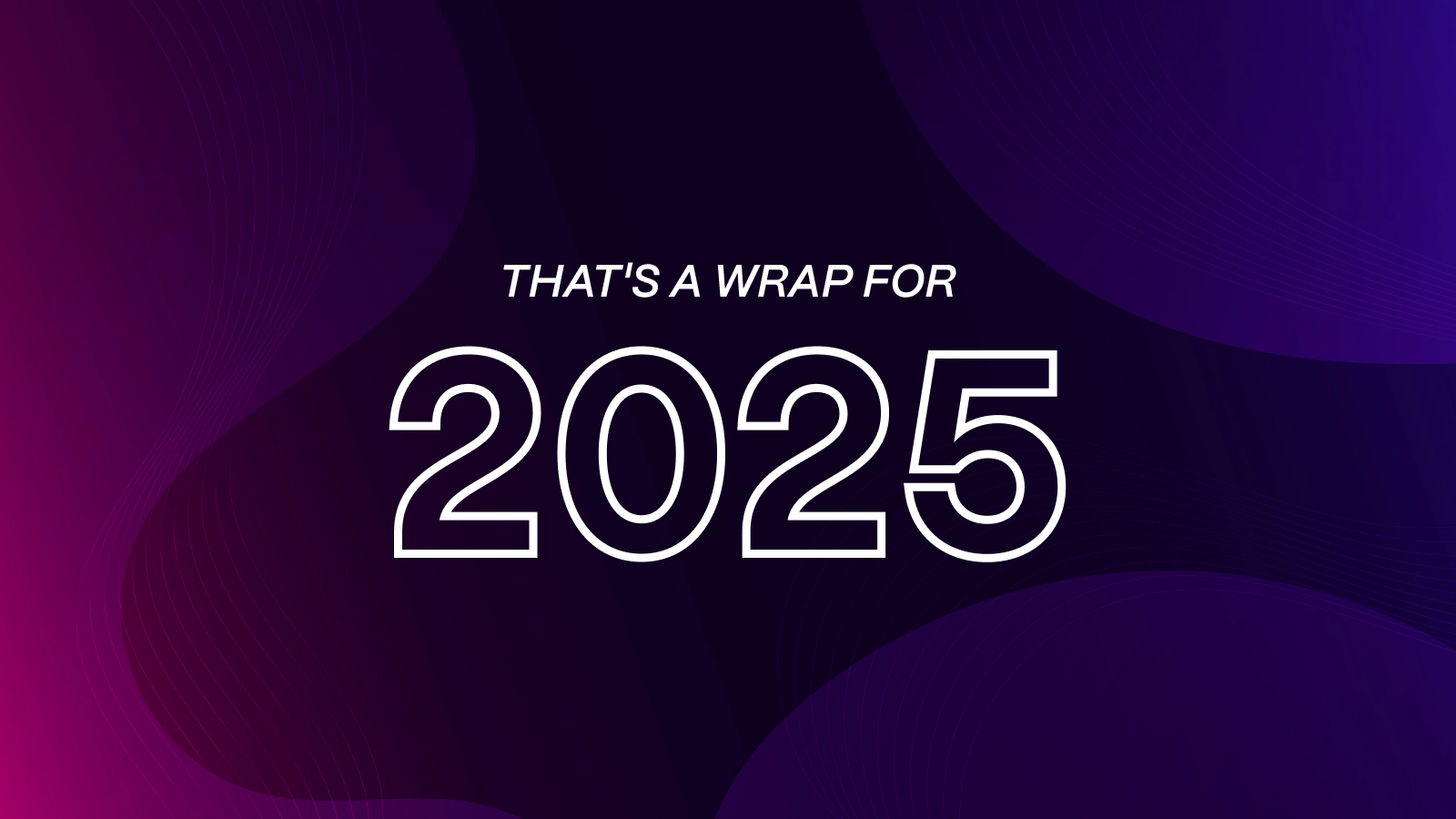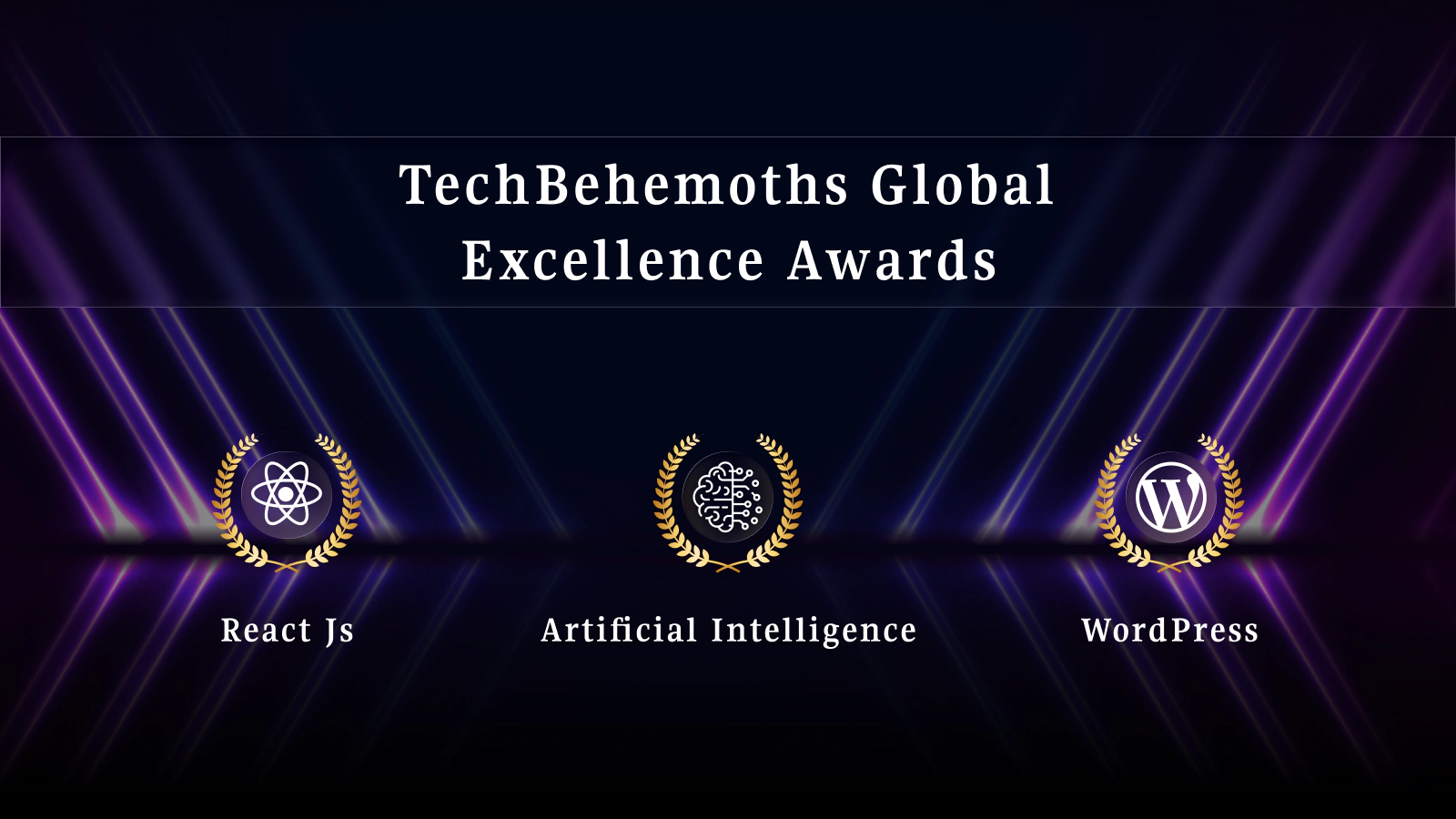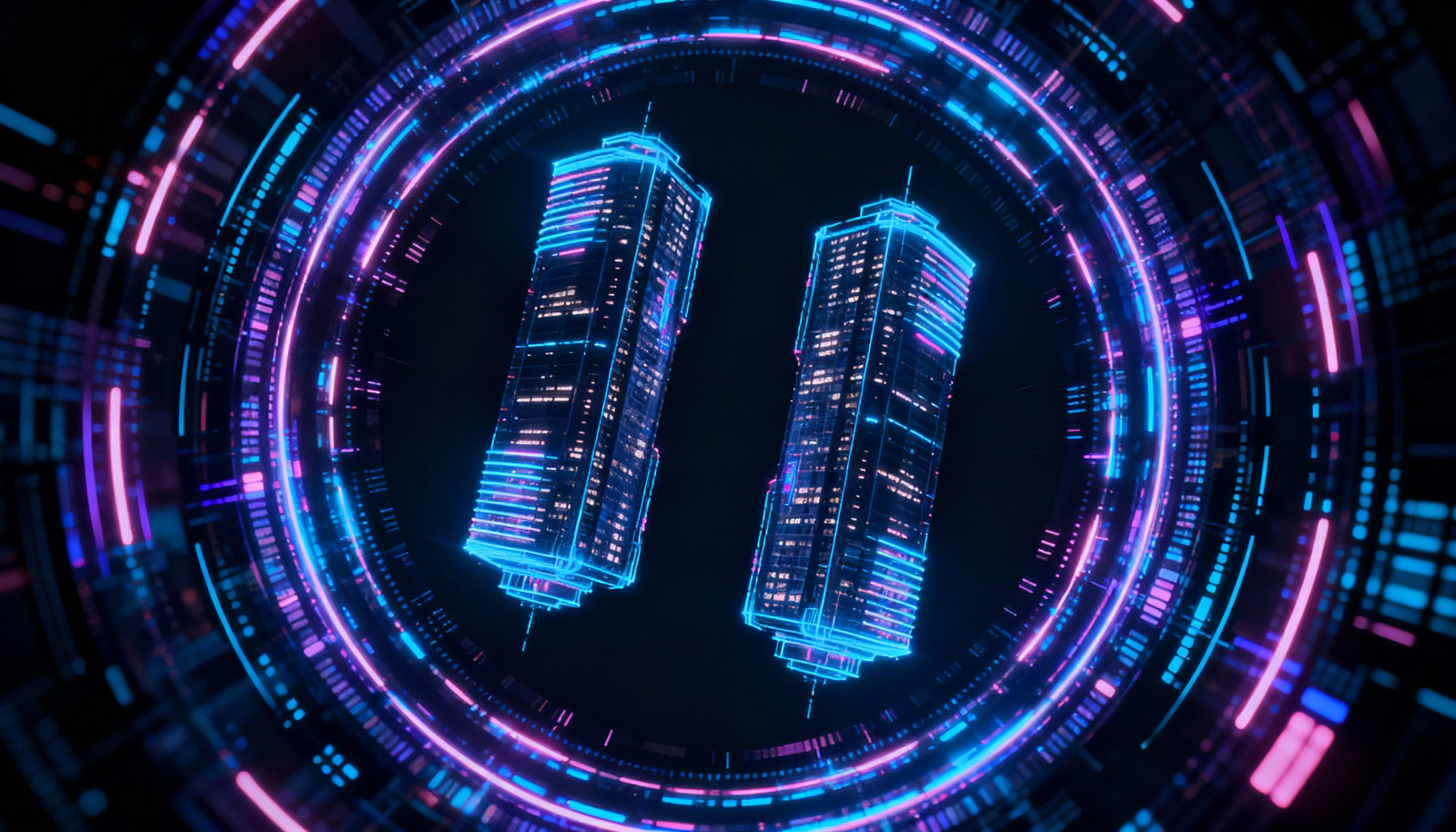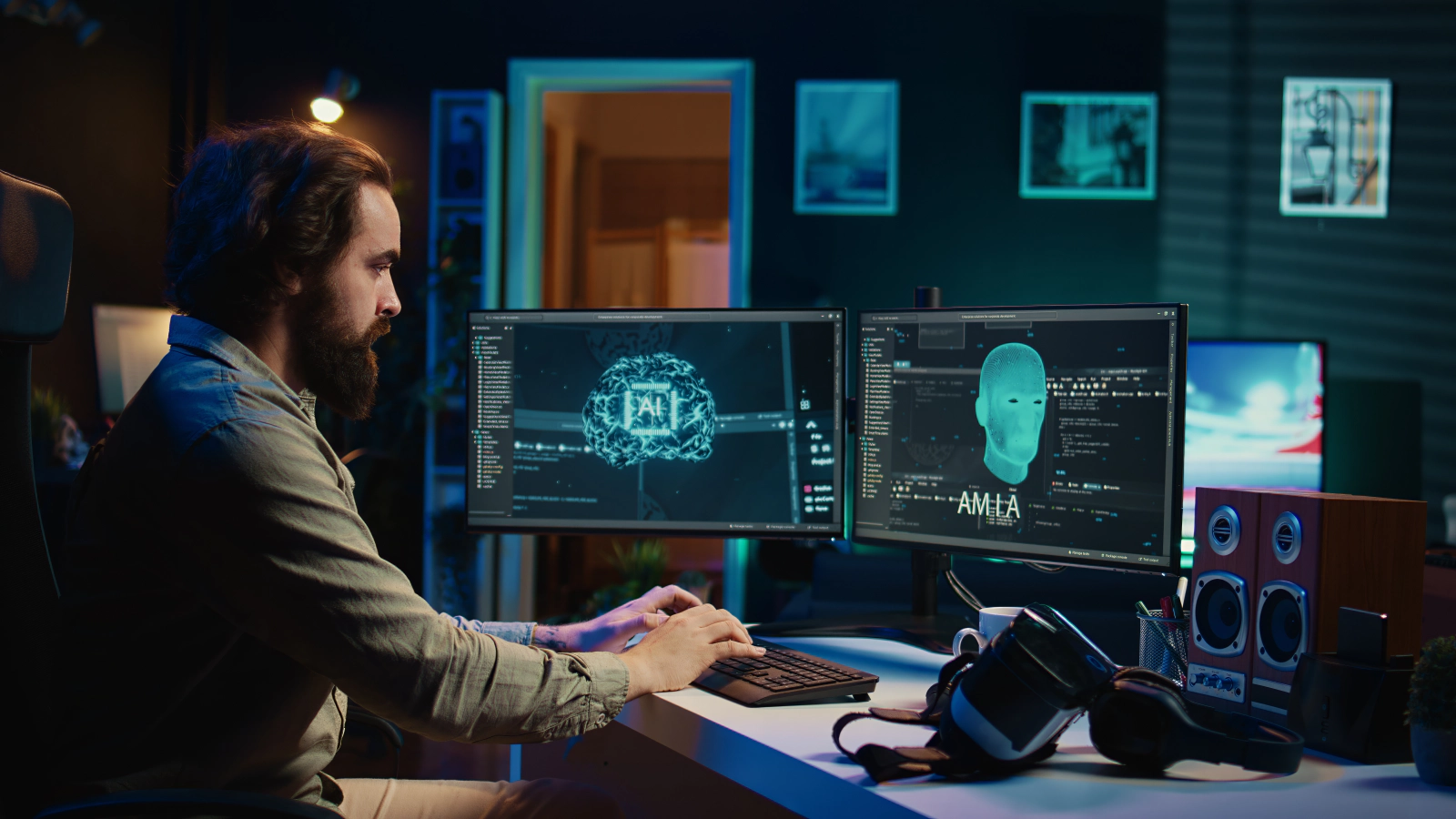YOLO Vs. SSD: Choice of a Precise Object Detection Method
YOLO vs SSD – Which Are The Differences?
YOLO (You Only Look Once) system, an open-source method of object detection that can recognize objects in images and videos swiftly whereas SSD (Single Shot Detector) runs a convolutional network on input image only one time and computes a feature map. SSD is a better option as we are able to run it on a video and the exactness trade-off is very modest.
SSD is a healthier recommendation. However, if exactness is not too much of disquiet but you want to go super quick, YOLO will be the best way to move forward. First of all, a visual thoughtfulness of swiftness vs precision trade-off would differentiate them well.
While dealing with large sizes, SSD seems to perform well, but when we look at the accurateness numbers when the object size is small, the performance dips a bit.
Real-time Object Detection is the process of detecting objects in images or video frames. This can be done using various methods, but two of the most popular are SSD and YOLO. Both methods have pros and cons, so let’s check out the Difference between SSD & YOLO.
| SSD | YOLO |
|---|---|
| The full Form of SSD is Single Shot Detector | The full form of YOLO is You Only Look Once |
| It takes the input photos and performs a single pass through a convolutional network, generating a feature map. | The open-source method of object recognition can quickly identify subjects in static images and moving footage. |
| SSD network could be a better alternative because we can run it on a video, and the real trade-off is very small. This makes the SSD a very viable option. | When exactness is not a significant source of disquiet, yet you still want to go very quickly, YOLO is a better choice. |
| When the object size is very small, there is a slight decrease in performance. | YOLO can be the better option, even if the object in question is relatively small. |
Pros of SSD
- Compared to two-shot detectors, SSD serves as their equivalent but has a lower overall cost. They accomplish substantially greater performance in situations where there are restricted resources available.
- It has a very slight reduction in exactness compared to other options. SSD300 recorded 59 FPS with mAP 74.3% while SSD500 recorded 22 FPS with mAP 76.9%.
Cons of SSD
- SSD’s degree of accuracy is slightly reduced when identifying smaller things. If the model is extremely large, the speed may drop significantly.
Example of SSD – SSD is advantageous for more accurate object recognition. It is more suited for video forensics, legal investigations, landmark detections, and many more.
Pros of YOLO
- YOLO offers a high speed calculated at 45 frames per second for large networks and 150 frames per second for smaller networks.
- In addition to this, YOLO can generalize the image without putting a strain on the processing memory.
Cons of YOLO
- YOLO suffers from significantly more localization errors and has trouble identifying nearby items.
Example of YOLO – YOLO is preferable when a minor inaccuracy may be overlooked. Examples include live traffic monitoring, life form detection in remote regions, monitoring of fruits and vegetables, self-driving vehicles, and cancer recognition techniques.
Deep Learning and Precise Object Detection Method
Ten years ago, researchers thought that getting a computer to tell the distinction between different images like a cat and a dog would be almost unattainable. However, today, computer vision systems do it with more than 99 % of correctness. But how? Joseph Redmon worked on the YOLO (You Only Look Once) system, an open-source method of object detection that can recognize objects in images and videos swiftly. This is important as it can be implemented for applications including robotics, self-driving cars and cancer recognition approaches.
Deep learning working with real-life problems
As per the research on deep learning covering real-life problems, these were totally flushed by Darknet’s YOLO API. In one of the sessions of TEDx, Mr. Joseph Redmon presented triumphs of Darknet’s implementation on a smartphone. Multiclass object detection in a live feed with such performance is captivating as it covers most of the real-time applications. But without ignorin g old school techniques for fast and real-time application the accuracy of a single shot detection is way ahead.
The presented video is one of the best examples in which TensorFlow lite is kicking hard to its limitations. A Mobile app working on all new TensorFlow lite environments is shown efficiently deployed on a smartphone with Quad core arm64 architecture. The specialty of this work is not just detecting but also tracking the object which will reduce the CPU usage to 60 % and will satisfy desired requirements without any compromises.
In this blog post, We have described object detection and an assortment of algorithms like YOLO and SSD. We shall start with fundamentals and then compare object detection, with the perceptive and approach of each method.
[call_to_action title=”Get An Inquiry For Object Detection Based Solutions” subline=”Take the first step towards your business growth” button_text=”Get A Free Consultation” utm_source=”blog+cta” utm_medium=”blog+page” utm_campaign=”yolo-vs-ssd” theme=”red”]
Read More:- Scanning and Detecting 3D Objects With An iOS App
You only Look Once (YOLO)
For YOLO, detection is a straightforward regression dilemma which takes an input image and learns the class possibilities with bounding box coordinates. YOLO divides every image into a grid of S x S and every grid predicts N bounding boxes and confidence. The confidence reflects the precision of the bounding box and whether the bounding box in point of fact contains an object in spite of the defined class. YOLO even forecasts the classification score for every box for each class. You can merge both the classes to work out the chance of every class being in attendance in a predicted box.
So, total SxSxN boxes are forecasted. On the other hand, most of these boxes have lower confidence scores and if we set a doorstep say 30% confidence, we can get rid of most of them.
Single Shot Detector (SSD)
SSD attains a better balance between swiftness and precision. SSD runs a convolutional network on input image only one time and computes a feature map. Now, we run a small 3×3 sized convolutional kernel on this feature map to foresee the bounding boxes and categorization probability.
SSD also uses anchor boxes at a variety of aspect ratio comparable to Faster-RCNN and learns the off-set to a certain extent than learning the box. In order to hold the scale, SSD predicts bounding boxes after multiple convolutional layers. Since every convolutional layer functions at a diverse scale, it is able to detect objects of a mixture of scales.
There are many algorithms with research on them going on. So which one should you should utilize?
Moving Forward
Technostacks has successfully worked on the deep learning project. We consider the choice of a precise object detection method is vital and depends on the difficulty you are trying to resolve and the set-up.
Object detection is the spine of a lot of practical applications of computer vision such as self-directed cars, backing the security & surveillance devices and multiple industrial applications.
If you are looking for object detection related app development then we can help you. Technostacks has an experienced team of developers who are able to satisfy your needs. You can contact us, mail us (info@technostacks.com), or call us (+919909012616) for more information.
FAQs on YOLO vs SSD
1) What is the main difference between YOLO and SSD?
The way that SSD and YOLO approach the bounding box regression problem is the main distinction that can be drawn between them. By beginning with the anchor box with the highest IoU and slowly moving in the backward direction towards the ground truth bounding box while computing the loss, SSD treats every bounding box prediction as a regression issue.
While YOLO predicts a number of bounding boxes for each item it recognizes, it then uses MS to suppress any unnecessary bounding boxes while retaining the final box coordinates in place.
2) Which is better, Yolo or SSD?
If we compare both, YOLO is responsible for making more localization mistakes and has trouble while carrying out the identification of nearby items. As their representation, SSD is comparatively cheaper than two-shot detectors. In a use scenario, if one has constrained resources, they can obtain superior performance—very little exactness regarding the trade-off.
3) Is SSD really better than YOLO?
SSD is the acronym for a single-shot detector that is there for multiple classes that are faster than the preceding iterative single-shot detector (YOLO), and it is also comparatively more accurate—in fact, as precise as slower methods that do express region proposals as well as pooling (including quicker R-CNN)
4) Is Yolo faster than SSD?
SSD is still considered to be one of the best object detection models. Still, given that it is somewhat more accurate, most of which occurs because of its ability to recognize things of different sizes, its speed is marginally slower when we compare it to YOLO.
The foundation of SSD is very similar to how YOLO carries out its work. It divides the input image into different cell grids, typically 19×19, and it is also in charge of determining if an item is present in each cell.
5) Why is SSD faster than Yolo?
One gets comparatively more localization errors and has hardship while carrying out the detection process regarding YOLO. But SSD is relatively cost-effective, and it has a better performance even if one uses limited resources.
6) Is SSD better than CNN?
R-CNN is more accurate in normal circumstances, but R-FCN and SSD are relatively swifter. Faster R-CNN and 300 ideas from Inception Resnet have the most accuracy at 1 FPS for all evaluated instances. On the other hand, among the models designed for real-time processing, SSD on MobileNet is considered to have the highest mAP.
7) Is Yolo the best algorithm?
In contrast to previous object identification methods that have been responsible for repurposing classifiers to conduct detection, YOLO proposes using an end-to-end neural network that is responsible for the prediction of bounding boxes and class likelihoods right at once. This is why YOLO is measured to be one of the best algorithms out there.
8) Is SSD better than a faster RCNN?
SSD with MobileNet is considered the best regarding accuracy-to-speed ratio among the quickest detectors. SSD is short; however, it performs relatively poorly for little things compared to its counterparts. With lighter and shorter extractors, SSD can easily exceed Faster R-CNN and R-FCN in accuracy for big objects.
9) What is the best object detection?
The Single Shot Detector (SSD) approach is responsible for detecting objects in pictures through a single deep neural network. The SSD method divides the output space of bounding boxes into a series of default boxes with many different aspect ratios. The approach scales per feature map position after the process of categorization. To naturally manage objects of varying sizes, the Single Shot Detector network amalgamates predictions from numerous feature maps with varied resolutions.
10) Why is Yolo the best?
You Only Look Once, which goes by its acronym YOLO is a well-known object detection tools that are put to use by academics all around the world. If we go by the Facebook AI Research experts, the unified YOLO Architecture is high-speed compared to its counterparts. When there is a generalization from natural photos to other domains, such as artwork, this algorithm outperforms existing detection approaches, including DPM and R-CNN.
